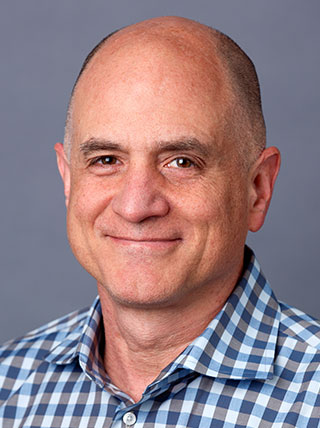Health System Approach Prevents Suicide Attempts
Stories - August 26, 2025

By Jill Pope, Senior Scientific Editor
 Bobbi Jo Yarborough, PsyD
Bobbi Jo Yarborough, PsyD Greg Clarke, PhD
Greg Clarke, PhD
In 2023, more than 49,000 people died by suicide in the U.S., a devastating loss of life. However, new research shows that efforts to prevent suicide are working.
More than 80% of people who die by suicide saw a health care provider in the prior year, suggesting health care systems can play a role in prevention. Over the past 25 years, a care model called Zero Suicide (ZS) has been implemented in health care systems across the U.S. However, we lacked evidence as to whether it was working.
Now, CHR Senior Investigator Bobbi Jo Yarborough, PsyD, and Distinguished Investigator Greg Clarke, PhD and colleagues have conducted the first large-scale evaluation of the model. Published in JAMA Network Open, their study found that the ZS model significantly reduced suicide attempts in three of four major health systems. The fourth system saw a sustained low suicide attempt rate.
In the ZS care model, patients seen in outpatient mental health clinics are screened for suicide risk, usually with a brief questionnaire. If a patient is found to be at risk, they then receive a more detailed assessment. From there, the care pathway may include discussing the patient’s access to lethal means, such as a firearm, creating a safety plan, and evidence-based suicide prevention treatment.
The study used data from patients age thirteen and older from six large health care systems to examine how the ZS care model affected suicide outcomes. The study was conducted in Kaiser Permanente (KP) health systems in California, Oregon, Washington, and Colorado, and in the Henry Ford Health System in Michigan. These systems care for nearly 10 million patients annually.
The new findings support widespread efforts to implement the Zero Suicide model across health systems. “Interest in the ZS model has grown over the last two decades, but it takes a lot of work to get a robust suicide prevention program in place,” says Dr. Yarborough. “Without evidence that this model actually reduced suicide attempts, health systems – particularly those with fewer resources – have been reluctant or unable to undertake this work. This study shows the work is worth the effort.”
Yarborough adds, “This is a study that could only be done within a system like KP that has a large population and the rich data resources we have to measure this impact. Now we can have more confidence in ZS implementation even in lower-resourced settings.”
The KP Northwest health care system implemented the ZS model and partnered with CHR researchers for the study. On a recent Permanente Medicine Podcast, Jackie Ryan, psychiatry practice director for Northwest Permanente, told the host, “This body of work has been the highlight of my career, by far. The amount of time and effort that went into the systems work, and then having that translate into actual saved lives, is incredible.”
If you or someone you know is struggling or in crisis, the 988 Suicide & Crisis Lifeline is available 24/7. Call or text 988 for help.